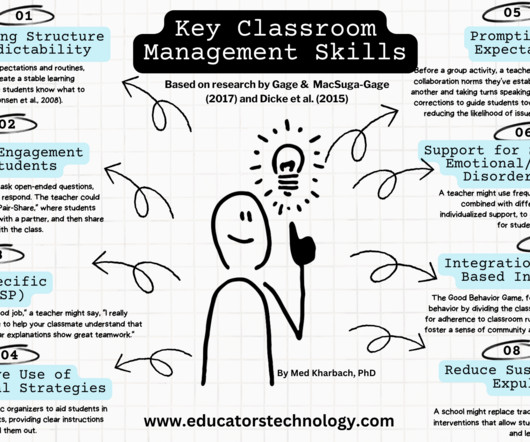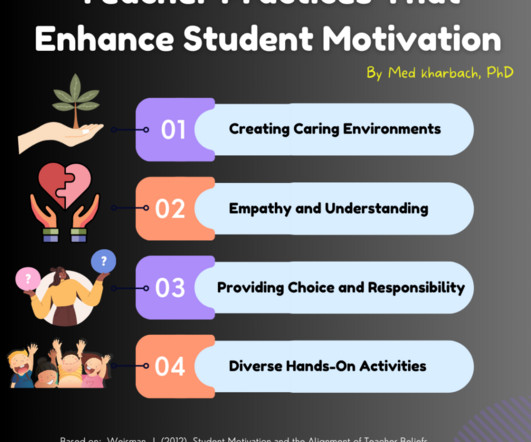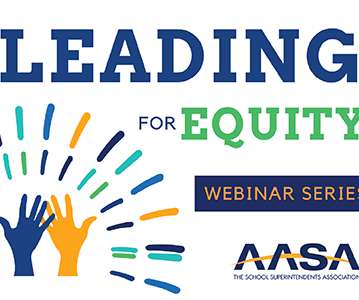Universal Design for Learning: What Educators Need to Know
Waterford
AUGUST 6, 2021
Universal Design for Learning emphasizes three principles and proposes that educators must offer multiple ways for students to experience all three of: Student engagement (the “why” of learning). In this model, student engagement includes motivating students toward learning in the classroom. Reading Rockets.

































Let's personalize your content